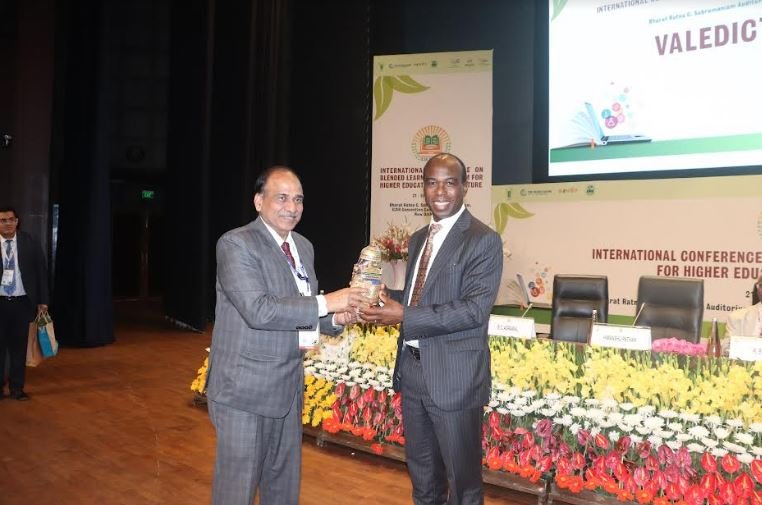ICAR and World Bank issue Delhi declaration on Modernisation of Agricultural Education System
The declaration highlights the need to strengthen digital Infrastructure including digital e-learning content and deployment of emerging immersive technologies across Agricultural Higher Education Institutions
There is a need to strengthen digital Infrastructure including digital e-learning content and deployment of emerging immersive technologies across Agricultural Higher Education Institutions in India. Institutionalising a system-wide Digital Capacity Building Program across stakeholders to improve systemic digital competence, knowledge and skills is also a necessity.
The Delhi Declaration on Modernisation of Agricultural Education System in alignment with the National Education Policy issued jointly by The Indian Council of Agricultural Research (ICAR) and the World Bank highlights the need to incorporate digital resources and tools for effective and accessible teaching and learning in Agriculture. It lays emphasis towards creating a renewed and resilient system for gender-inclusive and sustainable education that will pave the way for India’s agriculture education sector. Multidisciplinary technology-facilitated education should be promoted and the policies on Science, Technology, Engineering, Agriculture and Mathematics (STEAM) in agricultural higher education need to be transformed.
The Delhi Declaration was unveiled on the concluding day of the successful three-day International Conference on Blended Learning Ecosystem for Higher Education in Agriculture 2023 hosted jointly by the ICAR and the World Bank. The Conference was held as part of the National Agricultural Higher Education Project’s (NAHEP) Resilient Agricultural Education System (RAES) development initiative.
Undertaken to strengthen the National Agricultural Education System in the country, NAHEP is a five-year project initiated in 2018 with an equal contribution of $82.5 million (about Rs. 600 crores) each from the World Bank and the central government. The World Bank loan is to be repaid over 19 years after a grace period of five years, the purpose of NAHEP is to transform agricultural higher education. The Blended Learning Platform is part of the project.
Speaking at the valedictory session, Dr R B Singh, Former President of the National Academy of Agricultural Sciences (NAAS) and Chairman, of the Agricultural Scientists Recruitment Board (ASRB) said, “By promoting sustainable development goals through the dissemination of knowledge and skills, we empower the next generation of agricultural leaders to meet the challenges of tomorrow. Let us continue to collaborate across borders and disciplines, to ensure that agriculture remains a force for positive change in the world.”
According to Dr Trilochan Mohapatra, Former Secretary Department of Agricultural Research and Education (DARE) and Director General, ICAR, Ministry of Agriculture and Farmers Welfare, “Education is the backbone of a thriving agricultural sector. Blended learning offers a powerful tool to bridge the gap between traditional classroom teaching and the demands of a rapidly changing world. I urge all stakeholders to embrace it and integrate it into our education systems. It is important for us to embrace new methods and technologies to strengthen the agriculture education system and develop a skilled workforce that can contribute to the growth of the agriculture sector.”
“India’s agricultural sector pays a massive significance on the country’s economy. Every year, more than 5000 Indian students receive PhDs, which is more than the rest of the globe. I believe NAHEP is the perfect example of how opportunities can be provided for vocational education as it has given the platform to another initiative called the Resilient Agricultural Education System (RAES). We will continue working with the ICAR and the Government of India to disseminate new technologies so that all states of the country can benefit equally from them,” said Dr Auguste Tano Kouame, Country Director, of the World Bank.
The declaration highlights the need to strengthen



